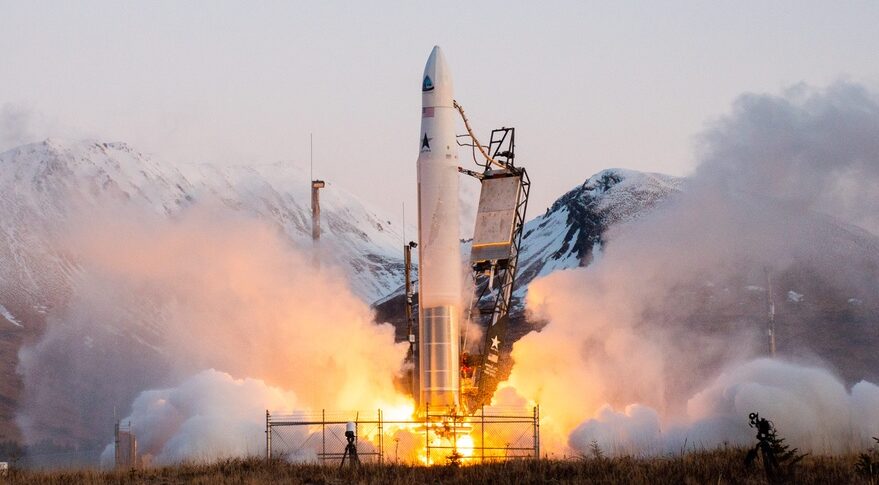The number of ultralight rocket projects under development or already implemented has reached 166. Their number grew rapidly in the late 2010s, but now the industry is gradually starting to slow down.

Ultralight Rocket Industry
At the conference on small satellites held on August 11, Northrop Grumman representative Carlos Niederstrasser made a report on the prospects for the development of the ultralight rocket industry. These include all carriers capable of launching vehicles weighing up to 1000 kg into low Earth orbit.
He noted that today there are 166 projects of ultralight rockets in the world, mainly commercial, which are at different stages of development. For example, in 2015 there were only 31 of them.
However, not everything is as good as it may seem. The fastest new ultralight rocket projects appeared in 2016-2017, and in 2022 the growth rate of the industry slowed down. In addition, the number of systems which development and use has been suspended for technical, financial or other reasons has increased significantly.
Rockets already flying into space
Among all these projects, 11 rockets are considered to be in constant use. Each of them has at least one successful launch and several planned ones. However, this list includes Astra 3.3, the production of which was curtailed for the development of Astra 4.
Other ultralight rockets currently in use include Minotaur 1 and Pegasus XL developed by Northrop Grumman, Electron from Rocket Lab’s and developed by Virgin Orbit Launcher One. In addition, there are six Chinese carriers of this class: Ceres-1, Hyperbola-1, Jielong 1, Kuaizhou-1A, Kaituozhe-2 and Changzheng-11.
Development prospects
According to Niederstrasser, the rate of increase in the number of systems actually flying into space is impressive. In the next few years, carriers from ABL Space Systems and Relativity Space should join the mentioned ones.
At the same time, the ultralight rocket industry may stagnate. Even Electron, which has already launched 20 satellites into orbit, the number of launches lags behind the planned by the developers. And this result was obtained due to the fact that they adjusted to customers.
In general, it is the lack of orders from customers that currently slows down the development of the industry the most. Satellite manufacturers still like to share seats on large rockets more than to pay for the launch of small ones alone.
According to spacenews.com
Follow us on Twitter to get the most interesting space news in time
https://twitter.com/ust_magazine

